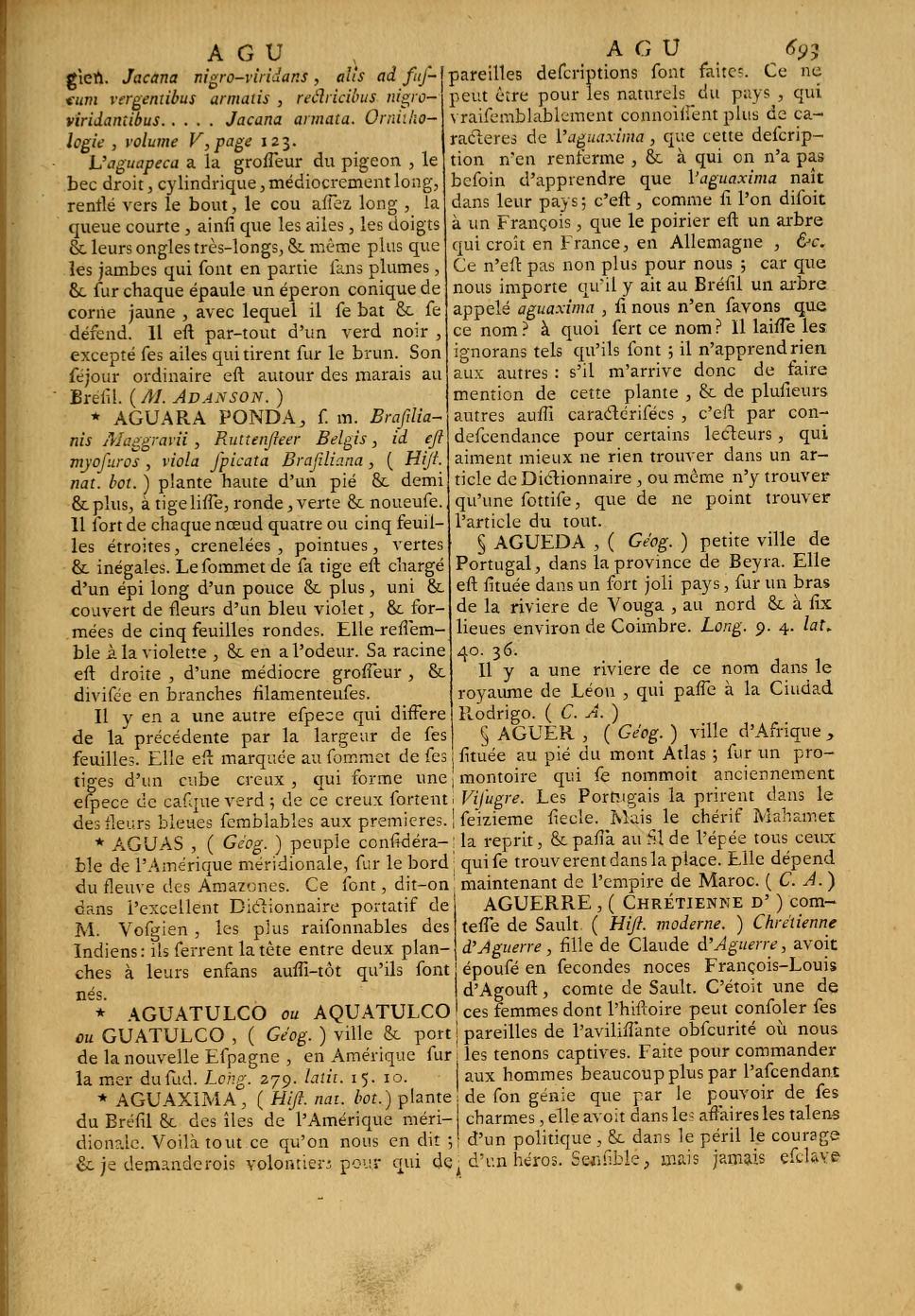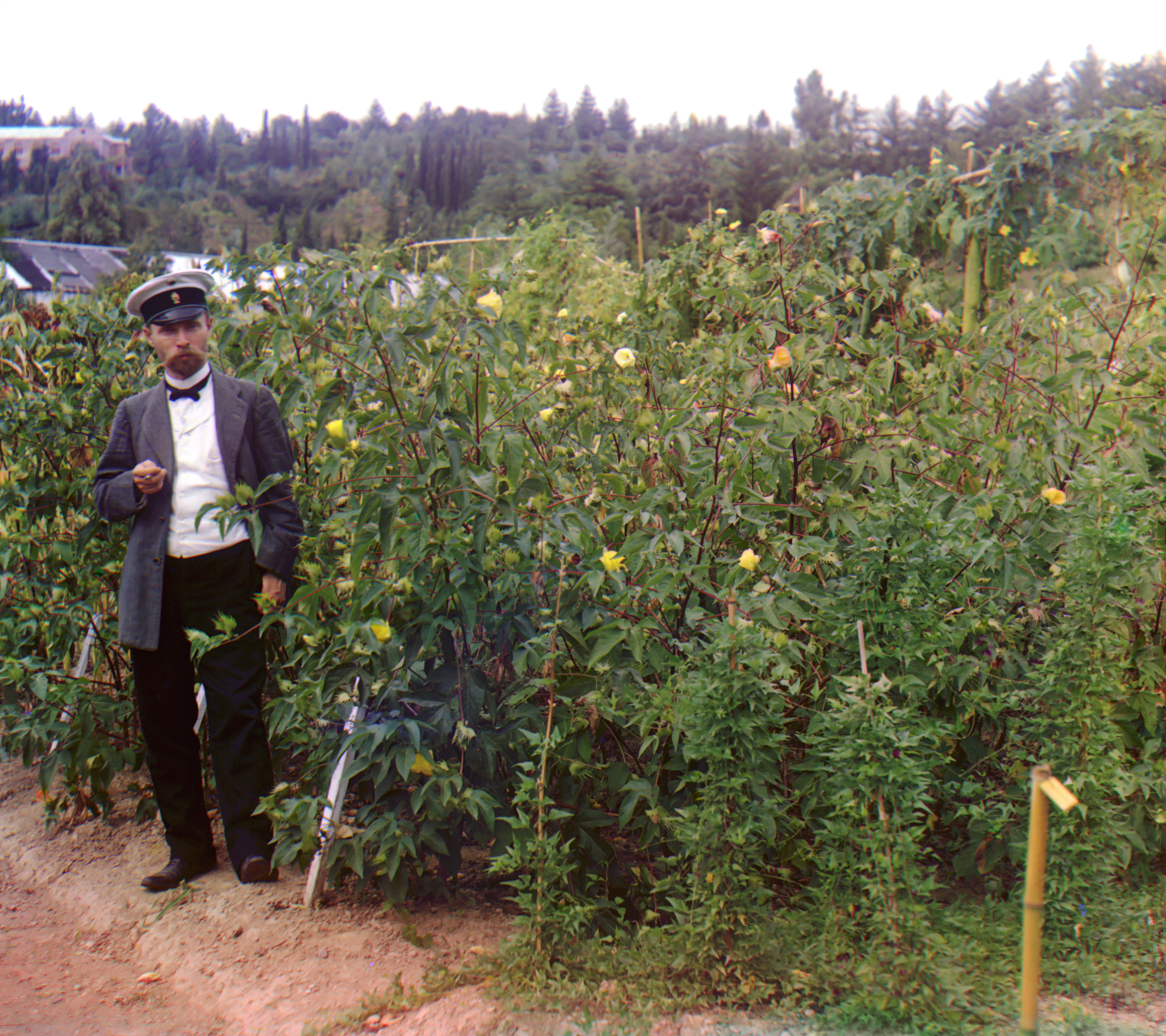|
Cryptolectica Bifasciata
''Cryptolectica bifasciata'' is a moth of the family Gracillariidae. It is known from Sub-Saharan Africa, with records from Cameroon, the Democratic Republic of Congo, Gambia, Kenya, Malawi, Nigeria, Somalia, Sudan, Tanzania, and South Africa, and from India. The larvae feed on Malvaceae, including okra (''Abelmoschus esculentus''), ''Abutilon'' species, ''Gossypium'' species (including ''Gossypium barbadense''), ''Malva'' species, and ''Urena lobata''. They probably mine Mine, mines, miners or mining may refer to: Extraction or digging *Miner, a person engaged in mining or digging *Mining, extraction of mineral resources from the ground through a mine Grammar *Mine, a first-person English possessive pronoun M ... the leaves of their host plant. It is parasitized by the eulophid parasitoid ''Crateulophus somalicus''. References Acrocercopinae Moths of Asia Moths of Sub-Saharan Africa Moths described in 1891 Taxa named by Thomas de Grey, 6th Baron Walsingham ... [...More Info...] [...Related Items...] OR: [Wikipedia] [Google] [Baidu] |
Thomas De Grey, 6th Baron Walsingham
Thomas de Grey, 6th Baron Walsingham (29 July 1843 – 3 December 1919), of Merton Hall, Norfolk, was an English politician and amateur entomologist. Family business Walsingham was the son of Thomas de Grey, 5th Baron Walsingham, and Augusta-Louisa, daughter of Sir Robert Frankland-Russell, 7th Baronet. He was born on Stanhope Street in Mayfair, the family's London house. He was educated at Eton College, Eton and Trinity College, Cambridge. He sat as Conservative Party (UK), Conservative Member of Parliament (United Kingdom), Member of Parliament for West Norfolk (UK Parliament constituency), West Norfolk from 1865 until 1870, when he succeeded to the title and estates of his father, and entered the House of Lords. From 1874 to 1875 he served as a Lord-in-waiting (government whip) in the second Conservative Government 1874-1880, Conservative government of Benjamin Disraeli. From 1870 on he also ran the family's estate at Merton, Norfolk, served as trustee of the British Museum ... [...More Info...] [...Related Items...] OR: [Wikipedia] [Google] [Baidu] |
Larva
A larva (; : larvae ) is a distinct juvenile form many animals undergo before metamorphosis into their next life stage. Animals with indirect development such as insects, some arachnids, amphibians, or cnidarians typically have a larval phase of their life cycle. A larva's appearance is generally very different from the adult form (''e.g.'' caterpillars and butterflies) including different unique structures and organs that do not occur in the adult form. Their diet may also be considerably different. In the case of smaller primitive arachnids, the larval stage differs by having three instead of four pairs of legs. Larvae are frequently adapted to different environments than adults. For example, some larvae such as tadpoles live almost exclusively in aquatic environments but can live outside water as adult frogs. By living in a distinct environment, larvae may be given shelter from predators and reduce competition for resources with the adult population. Animals in the lar ... [...More Info...] [...Related Items...] OR: [Wikipedia] [Google] [Baidu] |
Moths Of Sub-Saharan Africa
Moths are a group of insects that includes all members of the order Lepidoptera that are not butterflies. They were previously classified as suborder Heterocera, but the group is paraphyletic with respect to butterflies (suborder Rhopalocera) and neither subordinate taxon is used in modern classifications. Moths make up the vast majority of the order. There are approximately 160,000 species of moth, many of which have yet to be described. Most species of moth are nocturnal, although there are also crepuscular and diurnal species. Differences between butterflies and moths While the butterflies form a monophyletic group, the moths, comprising the rest of the Lepidoptera, do not. Many attempts have been made to group the superfamilies of the Lepidoptera into natural groups, most of which fail because one of the two groups is not monophyletic: Microlepidoptera and Macrolepidoptera, Heterocera and Rhopalocera, Jugatae and Frenatae, Monotrysia, and Ditrysia.Scoble, MJ 1995. The ... [...More Info...] [...Related Items...] OR: [Wikipedia] [Google] [Baidu] |
Acrocercopinae
Acrocercopinae is a subfamily of moths described by Akito Yuji Kawahara and Issei Ohshima in 2016. Genera In alphabetical order: *''Acrocercops'' Wallengren, 1881 *''Amblyptila'' Vári, 1961 *''Artifodina'' Kumata, 1985 *''Borboryctis'' Kumata & Kuroko, 1988 *''Chilocampyla'' Busck, 1900 *''Chrysocercops'' Kumata & Kuroko, 1988 *''Corethrovalva'' Vári, 1961 *''Cryptolectica'' Vári, 1961 *''Dekeidoryxis'' Kumata, 1989 *''Deoptilia'' Kumata & Kuroko, 1988 *''Dialectica (moth), Dialectica'' Walsingham, 1897 *''Eteoryctis'' Kumata & Kuroko, 1988 *''Eucosmophora'' Walsingham, 1897 *''Gibbovalva'' Kumata & Kuroko, 1988 *''Hypectopa'' Diakonoff, 1955 *''Lamprolectica'' Vári, 1961 *''Leucocercops'' Vári, 1961 *''Melanocercops'' Kumata & Kuroko, 1988 *''Leucospilapteryx'' Spuler, 1910 *''Metacercops'' Vári, 1961 *''Monocercops'' Kumata, 1989 *''Phodoryctis'' Kumata & Kuroko, 1988 *''Psydrocercops'' Kumata & Kuroko, 1988 *''Sauterina'' Kuznetzov, 1979 *''Schedocercops'' Vári, 1961 *''S ... [...More Info...] [...Related Items...] OR: [Wikipedia] [Google] [Baidu] |
Eulophidae
The Eulophidae is a large family of hymenopteran insects, with over 4,300 described species in some 300 genera. The family includes the genus '' Elasmus'', which used to be treated as a separate family, "Elasmidae", and is now treated as a subfamily of Eulophidae. These minute insects are challenging to study, as they deteriorate rapidly after death unless extreme care is taken (e.g., preservation in ethanol), making identification of most museum specimens difficult. The larvae of very few species feed on plants, but the majority are primary parasitoids on a huge range of arthropods at all stages of development. They are exceptional in that they are one of two hymenopteran families with some species that are known to parasitize thrips Thrips (Order (biology) , order Thysanoptera) are minute (mostly long or less), slender insects with fringed wings and unique asymmetrical mouthparts. Entomologists have species description , described approximately 7,700 species. They fly on ... [...More Info...] [...Related Items...] OR: [Wikipedia] [Google] [Baidu] |
Leaf Miner
A leaf miner is any one of numerous species of insects in which the larval stage lives in, and eats, the leaf tissue of plants. The vast majority of leaf-mining insects are moths (Lepidoptera), sawflies (Symphyta, a paraphyletic group which Apocrita (wasps, bees and ants) evolved from), and flies (Diptera). Some beetles also exhibit this behavior. Like woodboring beetles, leaf miners are protected from many predators and plant defenses by feeding within the tissues of the leaves, selectively eating only the layers that have the least amount of cellulose. When consuming ''Quercus robur'' (English oak), they also selectively feed on tissues containing lower levels of tannin, a deterrent chemical produced in great abundance by the tree. The pattern of the feeding tunnel and the layer of the leaf being mined is often diagnostic of the insect responsible, sometimes even to species level. The mine often contains frass, or droppings, and the pattern of frass deposition, mine sha ... [...More Info...] [...Related Items...] OR: [Wikipedia] [Google] [Baidu] |
Urena Lobata
''Urena lobata'', commonly known as Caesarweed or Congo jute, is a tender perennial, variable, erect, ascendant shrub or subshrub measuring up to to tall. The stems are covered with minute, star-like hairs and often tinged purple. Considered a weed, it is considered to be native throughout much of the tropical and subtropical world, including South and Central America, Africa, Asia and Pacific Islands. Description Each individual plant grows as a single stalk that freely sends out bushy stems. The leaf shape is palmately lobed (having lobes that spread out like fingers on a hand). Like the stem, the leaves also have tiny hairs. Flowers of the plant are pink-violet and grow one centimeter in width. The fruit is also hairy and may stick to clothing or fur. Invasiveness The plant can invade areas of ecological disturbance as well as eroded places, crop plantations, and pastures. Caesarweed is considered an invasive species in the state of Florida, United States. There it gro ... [...More Info...] [...Related Items...] OR: [Wikipedia] [Google] [Baidu] |
Malva
''Malva'' is a genus of herbaceous annual, biennial, and perennial plants in the family Malvaceae. It is one of several closely related genera in the family to bear the common English name mallow. The genus is widespread throughout the temperate, subtropical and tropical regions of Africa, Asia and Europe. The leaves are alternate, palmately lobed. The flowers are from 0.5–5 cm diameter, with five pink, lilac, purple or white petals. Etymology The word "mallow" is derived from Old English "mealwe", which was imported from Latin "malva", cognate with Ancient Greek μαλάχη (malakhē) meaning "mallow", both perhaps reflecting a Mediterranean term. which has a purple colour; ultimately of Semitic origin. In 1859, the colour mauve was named after the French name for this plant. Uses Ornamental plant Several species are widely grown as garden flowers. Very easily grown, short-lived perennials are often grown as ornamental plants. Food Many species are edible as ... [...More Info...] [...Related Items...] OR: [Wikipedia] [Google] [Baidu] |
Gossypium Barbadense
''Gossypium barbadense'' is one of several species of cotton. It is in the Malvaceae, mallow family. It has been cultivated since antiquity, but has been especially prized since a form with particularly long fibers was developed in the 19th century. Other names associated with this species include Gossypium barbadense#Sea Island cotton, Sea Island, Gossypium barbadense#Egyptian, Egyptian, Gossypium barbadense#Pima, Pima, and Gossypium barbadense#Classification by staple length, extra-long staple (ELS) cotton. The species is a tropical, frost-sensitive Perennial plant, perennial that produces yellow flowers and has black seeds. It grows as a bush or small tree and yields cotton with unusually long, silky fibers. ''G. barbadense'' originated in southwest Ecuador and northwest Peru. It is now cultivated around the world, including China, Egypt, Sudan, India, Australia, Peru, Israel, the southwestern United States, Tajikistan, Turkmenistan, and Uzbekistan. It accounts for about 5% o ... [...More Info...] [...Related Items...] OR: [Wikipedia] [Google] [Baidu] |
Gossypium
''Gossypium'' () is a genus of flowering plants in the tribe Gossypieae of the Malva, mallow family, Malvaceae, from which cotton is harvested. It is native to tropical and subtropical regions of the Old World, Old and New Worlds. There are about 50 ''Gossypium'' species, making it the largest genus in the tribe Gossypieae, and new species continue to be discovered. The name of the genus is derived from the Arabic word ''goz'', which refers to a soft substance. Cotton is the primary natural fibre used by humans today, amounting to about 80% of world natural fibre production. Where cotton is cultivated, it is a major oilseed crop and a main protein source for animal feed. Cotton is thus of great importance for agriculture, industry and trade, especially for tropical and subtropical countries in Africa, South America and Asia. Consequently, the genus ''Gossypium'' has long attracted the attention of scientists. The origin of the genus ''Gossypium'' is dated to around 5–10 ... [...More Info...] [...Related Items...] OR: [Wikipedia] [Google] [Baidu] |
Abutilon
''Abutilon'' is a large genus of flowering plants in the mallow family, Malvaceae. It is distributed throughout the tropics and subtropics''Abutilon''. Flora of China. of the Americas, Africa, Asia, and Australia. General common names include Indian mallow''Abutilon''. Integrated Taxonomic Information System (ITIS). and velvetleaf; ornamental varieties may be known as room maple, parlor maple, or flowering maple. The genus name is an 18th-century Neo-Latin word that came from the Arabic ' (), the name given by Avicenna to this or a similar genus. The type species is ''Abutilon theophrasti''. Several species formerly placed in ''Abutilon' ... [...More Info...] [...Related Items...] OR: [Wikipedia] [Google] [Baidu] |





